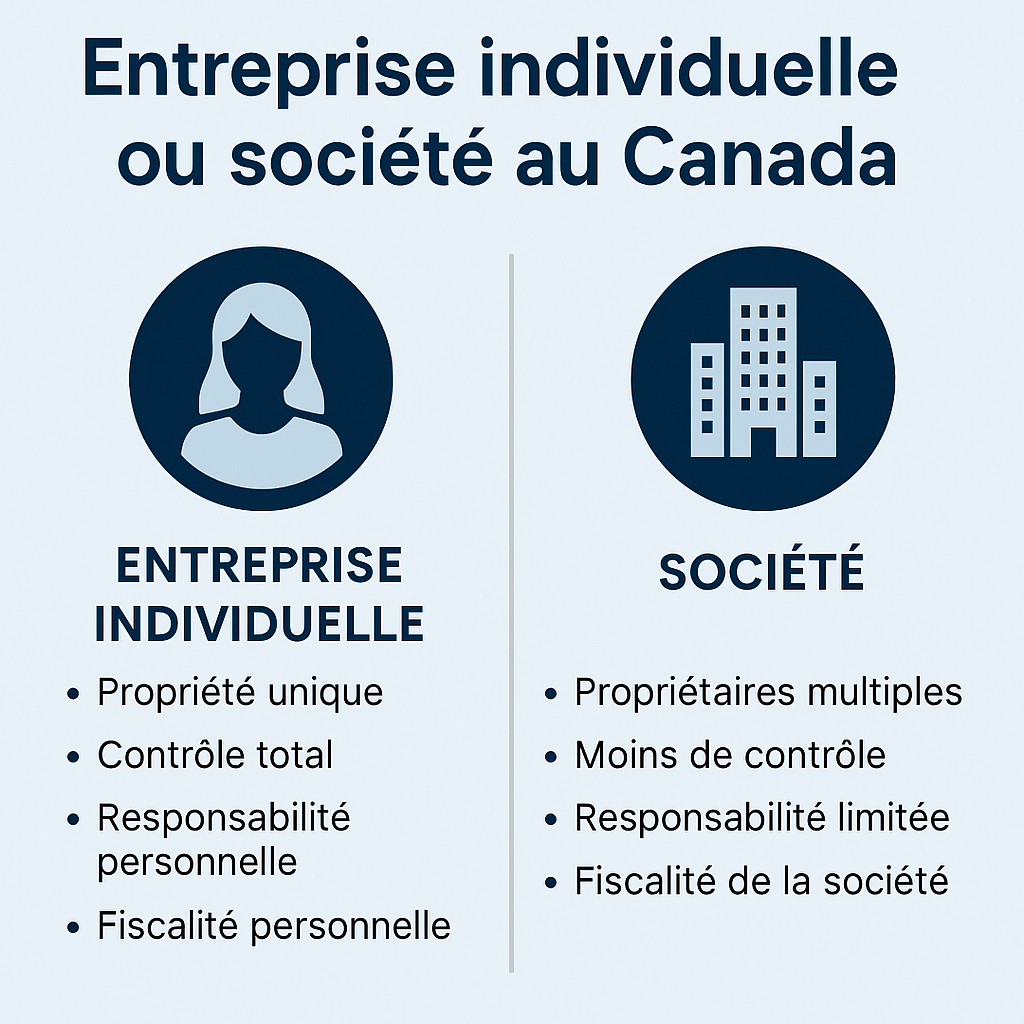How to Do a Financial Forecast for a Business Plan?
Creating a strong financial plan is key for entrepreneurs who want to build lasting, investor-ready businesses. This guide shows how to create simple financial projections, include them in your business plan, and use AI tools to make the process easier.
Business Financial Plan: What It Is and Why It Matters
A business financial plan sets out your financial goals and how you plan to reach them. It serves as a simple guide to track your income, spending, and profits. This helps you stay organized and makes it easier to attract investors or funding.
Key Elements of a Business Financial Plan
- Revenue Projections: Estimate how much you will earn from your products or services.
- Expense Estimates: List expected costs like salaries, rent, and supplies.
- Cash Flow Statement: Track money coming in and going out to stay financially healthy.
- Profit and Loss Statement: Show how much money you expect to make or lose.
- Balance Sheet: Outline your assets, debts, and net worth.
- Break-Even Analysis: Find out when your business will start making a profit.
Why a Financial Plan Is Important
Investors and lenders want to see your numbers. A clear plan:
- Helps guide smart business decisions
- Shows you're financially stable
- Prepares you for challenges
It also lets you track progress toward goals and adjust as needed. Reviewing your plan regularly helps you decide when to grow, cut costs, or pivot.
Financial Plan for Business Plan: Step-by-Step Guide
This section supports every part of your business plan. Here's how to build it:
1. Start with Assumptions
Lay out the key details behind your numbers, like prices, market size, and startup costs.
2. Build Forecasts
Create monthly projections for:
- Revenue
- Cost of goods sold (COGS)
- Operating expenses
Base your numbers on real data when possible and stay realistic.
3. Create Financial Statements
Make these documents:
- Income statement
- Cash flow statement
- Balance sheet
They show your business's current health and future outlook.
4. Conduct Scenario Planning
Try different what-if scenarios to understand risks. This helps you prepare for unexpected changes.
5. Funding Request and Use of Funds
If asking for funding, state how much you need, what it’s for, and how it will grow your business.
Tools to Create Financial Projections Efficiently
Platforms like Plania make it easier to:
- Forecast using AI
- Customize templates
- Export visuals and reports for investors
Why Use AI for Financial Forecasting?
AI cuts down errors, saves time, and offers smart suggestions. Tools like Plania:
- Create plans in under an hour
- Improve accuracy with industry data
- Let you update forecasts easily
AI also uses your data and market trends to predict outcomes. This gives you an edge and makes your plan more flexible.
Recognizing Seasonal Patterns in Forecasting
Some businesses earn more or spend more during certain times of the year. If you’re in retail, farming, or tourism, spotting these seasonal patterns can make your forecasts more accurate. For example, you might sell more in December or spend more on labor in the summer.
Using Benchmarks for Smarter Forecasting
Benchmarking means comparing your numbers to industry standards or similar companies. It helps you spot unrealistic expectations and stay grounded. Plania includes benchmarking data to help you set the right targets.
Exploring Trends in Financial Forecasting
Forecasting tools are getting more advanced. They now offer real-time updates, dashboards, and simulation tools. Businesses should use flexible models that adjust as new data becomes available, instead of sticking with static reports.
What Banks and Investors Want to See in Financial Forecasts
When reviewing a business plan, banks and investors look for:
- Clear and well-explained numbers
- Realistic projections
- When you’ll break even
- Positive cash flow
- Smart use of funds
- Growth and ROI potential
Having detailed and flexible forecasts shows you’re prepared, which builds trust.
Tracking KPIs to Monitor Finances
Key performance indicators (KPIs) help track your business's health. Adding KPIs like customer acquisition cost, lifetime value, and gross margin to your forecast helps you stay on target with your business goals.
Using Sensitivity Analysis to Strengthen Forecasts
Sensitivity analysis lets you test how changes in pricing, sales, or costs affect your bottom line. This helps you see which assumptions matter most and plan for different outcomes. Plania makes this easy with built-in visual tools.
Common Mistakes to Avoid in Financial Planning
Even with the right tools, it's easy to make mistakes in financial forecasting. Some common errors include being too optimistic about revenue, underestimating expenses, or forgetting to update forecasts as new data comes in. Avoiding these mistakes can make your plan more reliable and easier to trust.
Another mistake is not tying financial goals to real business activities. For example, if you're forecasting more sales, you should also plan for increased marketing or staffing to support that growth. Make sure your financial plan matches your business strategy.
How to Communicate Your Financial Plan Clearly
Once your plan is ready, it's important to present it in a way that others can understand. Use simple language, clear headings, and visuals like charts or graphs. Avoid too much jargon or overly technical terms. Your goal is to help others see your vision and feel confident in your numbers.
When sharing your plan with banks or investors, be ready to explain your assumptions. Practice answering questions about how you came up with your numbers and what you'll do if things don't go as expected. Being transparent builds trust and shows you’re prepared.
Conclusion: Power Your Business Plan with Smart Financial Forecasts
A good financial plan tells the story of your business’s future. With clear numbers and smart tools, you’ll gain investor confidence and set yourself up for success. Whether you're just starting or growing your company, getting your financial plan right is crucial.
Plania helps create business plans that are investor-ready. It asks the right questions and generates accurate financial forecasts, saving time and improving quality. Entrepreneurs can count on Plania to meet the needs of banks, investors, and business partners.




